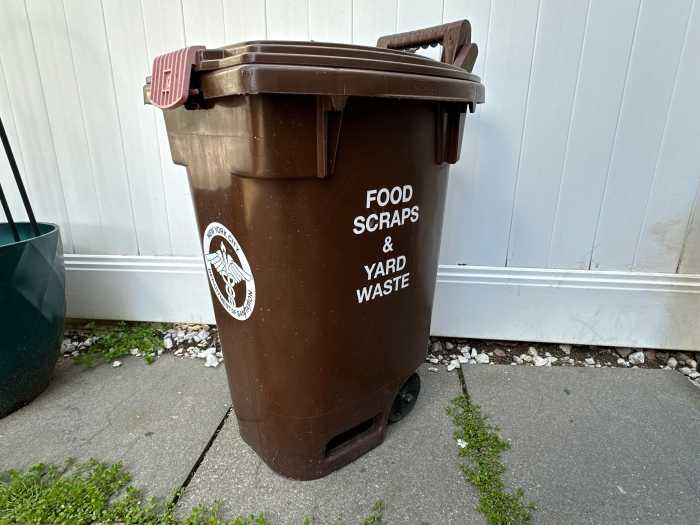Check How Your School Did Online
Schools Chancellor Dennis M. Walcott released on Monday, Oct. 1, the 2012 Elementary and Middle School Progress Reports, given to 1,193 schools serving students in kindergarten through eighth grade.
The reports award letter grades to schools based on student progress, performance, and student attendance, as well as feedback from parents, students, and teachers about their schools. As in previous years, schools received additional credit for progress made with students with disabilities, English language learners, and black and Latino males whose prior performance is within the lowest third citywide.
For the first time this year, middle school grades reflect a broader range of data, including middle school course performance and accelerated high school courses completed in eighth grade. Reports also include new information about how each middle school’s graduates go on to perform in high school.
“Our elementary and middle schools build on the foundation of early learning to set our students on a path for college and career readiness,” said Walcott. “By measuring how well our schools prepare students for high school, the progress reports set the right goals for success in these formative grades.”
The progress reports control for New York State’s continued changes to its exams in grades three through eight by comparing elementary and middle schools to one another to determine grades, rather than setting target scores like the high school Progress Reports. This year, the top 25 percent of schools received an A, 35 percent received a B, 31 percent received a C, seven percent received a D, and the bottom two percent received an F. This year’s results for elementary, middle, K-8, early childhood, and select District 75 schools include:
– Approximately 304 schools received an A, 421 received a B, 365 received a C, 80 received a D, and 23 received an F. Thirty-five new schools and schools in phase out received reports with no grade.
– Grades remained stable across the city and for individual schools, as 86 percent of schools did not change more than one grade from 2011; 97 percent of schools were within two grades.
– Queens was the highest performing borough and District 26 was the highest performing district.
– Charter schools earned a higher percentage of As, and had a higher average percentile rank than district schools. Forty-six percent of charter schools earned an A.
The city continues to raise academic standards for curriculum and teaching according to the Common Core standards. Elementary and middle schools teachers this year are asking students to defend arguments, solve complex problems, and perform experiments. Students are completing tasks that require critical thinking, which is necessary for success in high school and beyond.
Middle school Progress Report grades now recognize this more challenging coursework by measuring the percentage of students who earned a passing grade in core courses and the percentage of students earning high school credit while in eighth grade. These measures create greater accountability for how well our middle schools are preparing students for success in college and careers.
Progress reports for elementary, middle, kindergarten through eighth grade, early childhood, and select District 75 schools are now available on the Department of Education’s web site, along with progress report overviews, designed to explain highlights of each school’s report to families. Progress reports for high schools will be released in late October.
The elementary and middle school progress report measures students’ year-to-year progress, compares the school to other schools with similar students, and rewards success in moving all children forward, especially those with the greatest needs. The progress report is designed to differentiate among schools in a way that provides educators with performance data, supports parents in choosing schools, and informs DOE school intervention and support decisions.
The methodology takes into account the different challenges schools face so that the evaluations are a reflection of what the school contributes to the student, not what the student brings to the school.
Progress Reports give each school an overall letter grade based on three categories: student progress (60 percent), student performance (25 percent), and school environment (15 percent).
The student progress component measures how well schools are helping students improve from one year to the next. The student performance component measures student proficiency in reading and math.
For the first time this year for middle schools, this component also includes the percentage of students who earned a passing grade in core academic courses (English, math, science and social studies).
The school environment component compiles the results of surveys taken by parents, students, and teachers at each school last spring, as well as student attendance rates. Schools can also earn additional credit by achieving exemplary gains with highneed students.
Middle school progress reports also include the percent of eighth graders earning high school credit and a new, unscored measure evaluating the percent of a middle school’s graduates who are on track in ninth grade. Both measures look beyond test scores in evaluating how well a middle school is preparing its students for high school and beyond.
Seventy-five percent of a school’s progress report score comes from comparing the school’s results to its peer group, the 40 or so other schools in the city that serve the most similar student populations. The remaining 25 percent of a school’s score is based on a comparison with all schools citywide that serve the same grade levels.
The progress report is one of several measures that make up the city’s accountability system for schools. The quality review consists of an observation conducted by an experienced educator, evaluating how well a school is organized to educate its students. The annual school survey, which factors in to the progress report, received responses from over 967,000 parents, students, and teachers about the academic expectations, communications, level of engagement, and degree of safety and respect at their schools.
Learn more about the Progress Report at: https://schools.nyc.gov/ProgressReport. Information about other aspects of the city’s accountability system is available at: https://schools.nyc.gov/accountability.
Parents who have signed up for NYCDOE’s texting service will receive a reminder that elementary and middle school Progress Reports are available online. Sign up by texting “nycschools” to 877 877.



































